Razafindrabe Aritia Class D
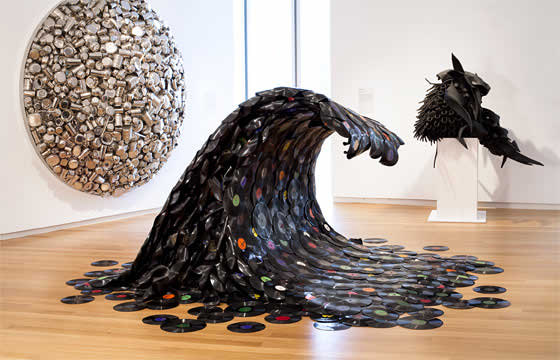
Sound Wave (5.2 ft h x 12 ft w x 12 ft, 2007) by Jean Shin is an Artwork realized by melting 78 rpm records on a wooden armature. Records were melted and sculpted to form a cascading wave, dotted with bursts of colorful labels. This cascading wave could be link with The Great Wave by Hokusai which depict an enormous wave threatening boats of the coast.
Although in this case, we could guess that what it is shown is a concrete representation of what we can’t see, it is as to say the sound wave emanating from what we hear, in particular from the music we are listening. The multiplicity suggest the idea that we are submerge by the music that’s surrounding us, the music of our everyday life.
The fact that the artist use record, an object who have been forgotten since the creation of cds or mp3 players, highlight the evolutions of society, the evolution of technologies who come to end the reign of a consummation’s object who become eventually obsolete and the ephemerality of both music and our music taste. It’s a kind of tribute to the forgotten records who keep a part of human kind’s memory.
This sculpture is pretty inpresive for two reasons: irst the media used, it was kind of refreshing to see something different and at the same tie which were a part of our daily life. Secondly the concept of concretizing something abstract which is invisible to the eyes is really impressing, for it has always been a question that some artist are still trying to solve. Moreover, although the use of records is unusual, it may be too literal by representing a wave of objects that emanate sounds.
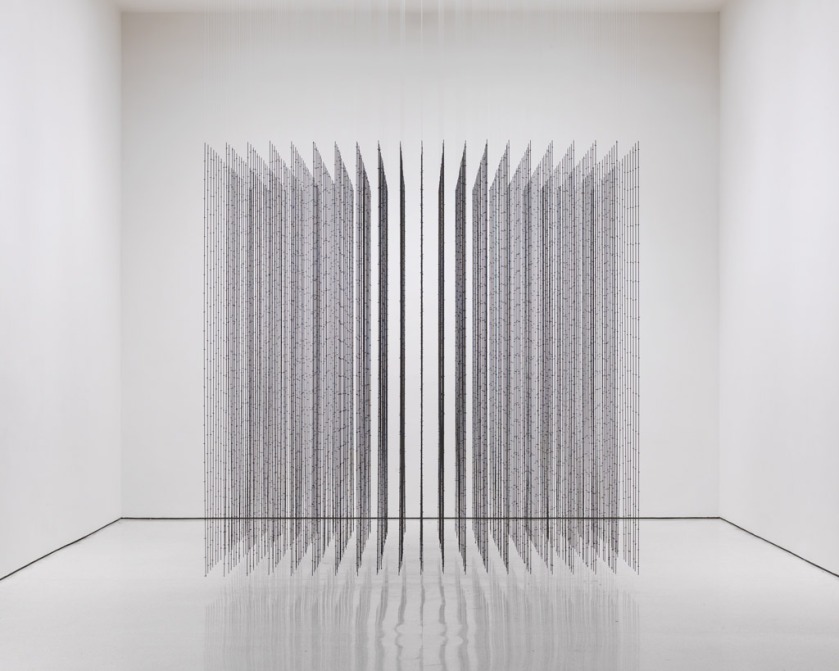

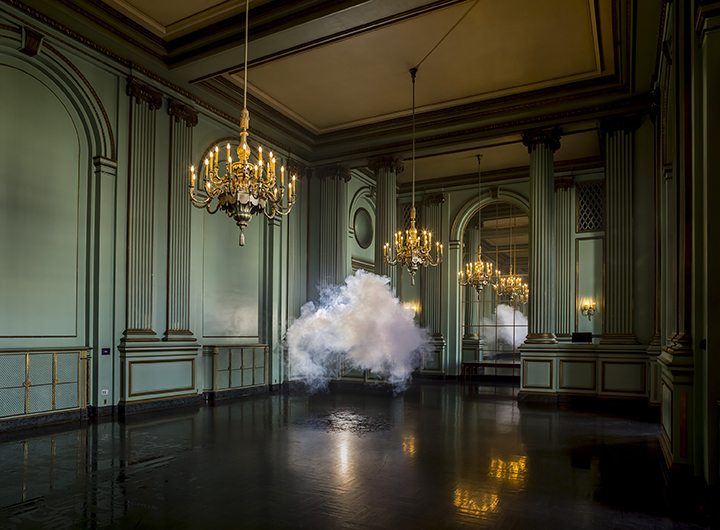

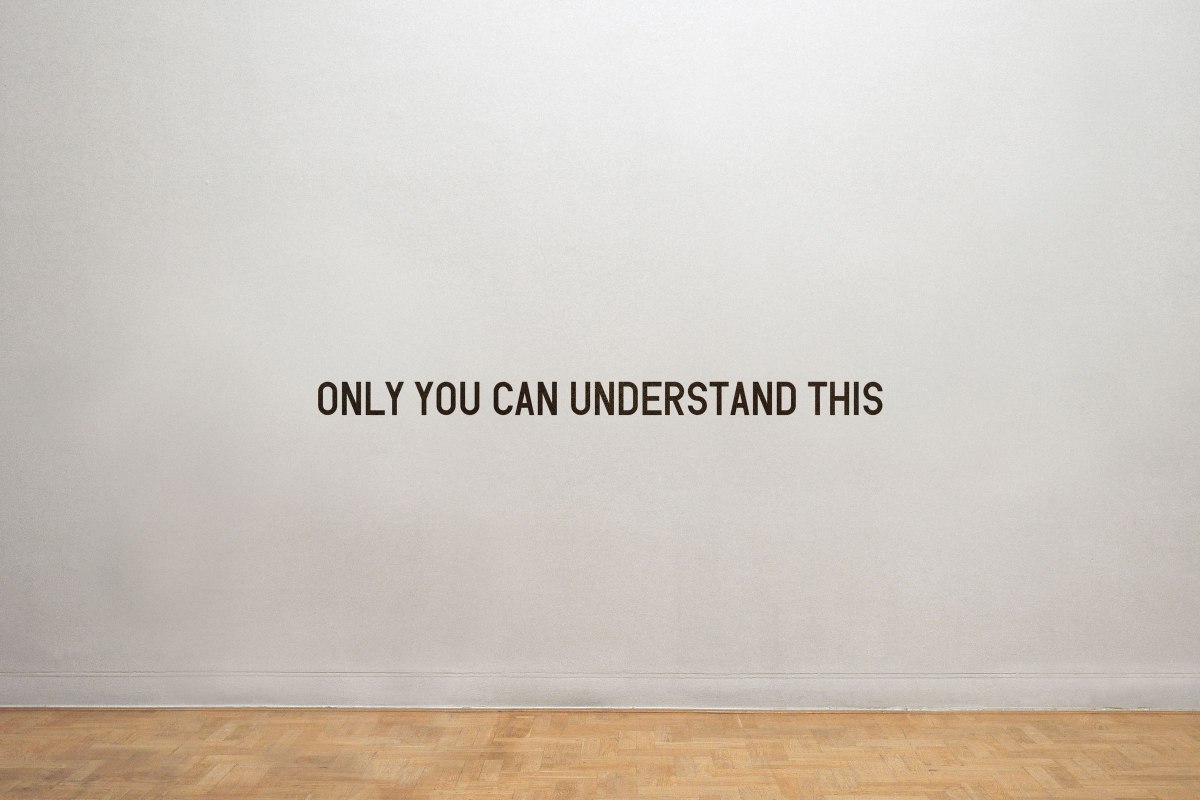
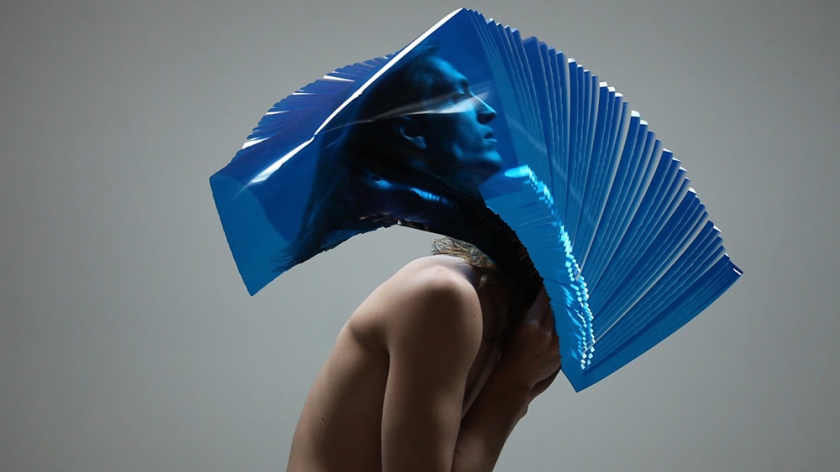
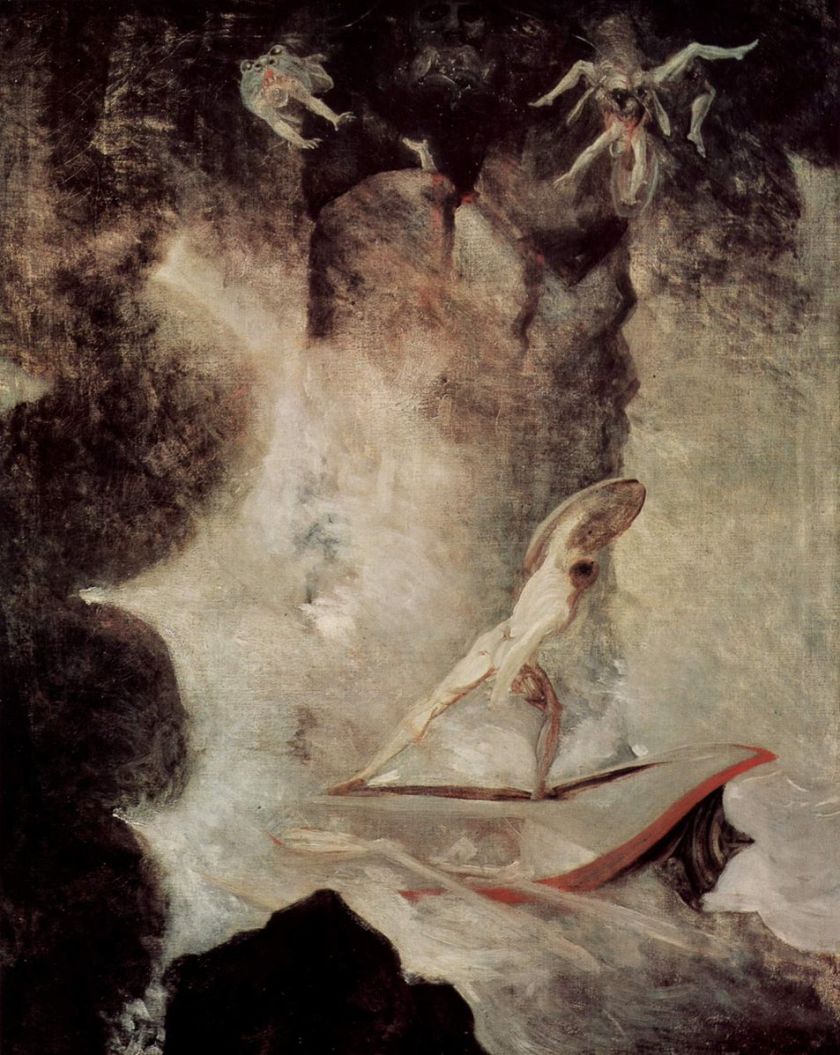
 The Art work that I’ve chosen is a photography from Ren Hang who is a Chinese photographer.
The Art work that I’ve chosen is a photography from Ren Hang who is a Chinese photographer.